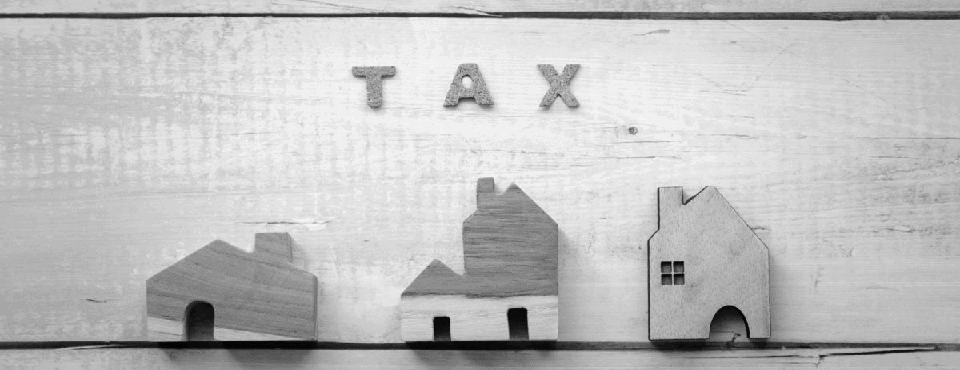Proper valuation of fixed assets is essential in keeping financial records because it ensures reliability. In valuation, the original purchase price, calculation of depreciation, impairment, or appreciation based on market conditions, and upgrading an asset are considered.
Methods of Depreciation: Apply the most appropriate depreciating method for each asset. The different methods include the Straight-Line Method, Declining Balance, and Units of Production. Apply a method suitable for the accounting standards to accurately reflect the useful life of assets.
Revaluation: Circumstances may require the revaluation of the assets. Mainly, this will be where there have been significant improvements or market conditions have radically changed.
Market Comparison: For some assets, particularly real estate, a market comparison must be performed to ensure that the values accounted for are in line with current market prices. This may involve consulting real estate appraisers or referencing independent data sources.
Impairment Testing: Determine whether any fixed assets are impaired. An impairment exists if an asset carrying amount is higher than its recoverable amount. If impairment is identified, write down the value of such assets appropriately in the books.
Publisher: Source link











